In today’s fast-paced digital landscape, businesses are increasingly turning to technology to streamline operations and enhance productivity. Among the most transformative technologies are Robotic Process Automation (RPA) and AI-powered solutions, which are reshaping how organizations manage documents and distribute content. This article explores the latest trends, industry applications, and technical insights related to RPA, AI-powered document management, and AI in automated content distribution.
## **Understanding Robotic Process Automation (RPA)**
Robotic Process Automation (RPA) refers to the use of software robots or “bots” to automate repetitive and rule-based tasks traditionally performed by humans. RPA can significantly reduce operational costs, improve accuracy, and free up employees to focus on more strategic activities. According to a report by Gartner, the RPA market is expected to reach $2.9 billion by 2021, reflecting a growing recognition of its potential across various industries.
RPA is particularly beneficial in sectors such as finance, healthcare, and manufacturing, where it can automate tasks like data entry, invoice processing, and compliance reporting. By leveraging RPA, organizations can achieve greater efficiency and scalability, ultimately leading to improved customer satisfaction and business outcomes.
## **AI-Powered Document Management: A Game Changer**
As businesses generate and manage vast amounts of data, effective document management becomes crucial. AI-powered document management systems utilize machine learning and natural language processing to automate the classification, extraction, and organization of documents. This technology not only enhances efficiency but also improves accuracy by minimizing human error.
For instance, AI can automatically categorize documents based on their content, making it easier for organizations to retrieve and manage information. Additionally, AI-powered systems can extract relevant data from unstructured documents, such as invoices or contracts, and input it into structured databases. This capability is particularly valuable in industries like legal and finance, where accurate document management is essential for compliance and decision-making.
A study by McKinsey & Company found that organizations that implement AI-powered document management can reduce processing times by up to 80%, leading to significant cost savings and improved operational efficiency.
## **AI in Automated Content Distribution: Enhancing Engagement**
In the digital age, content is king. However, the sheer volume of content produced daily makes it challenging for organizations to ensure their messages reach the right audience. AI in automated content distribution addresses this challenge by leveraging algorithms to analyze user behavior and preferences, enabling businesses to deliver personalized content to their target audience.
AI-powered content distribution platforms can automatically schedule and distribute content across various channels, including social media, email, and websites. By analyzing engagement metrics, these platforms can optimize content delivery times and formats, ensuring maximum reach and impact.
For example, companies like HubSpot and Buffer utilize AI algorithms to recommend the best times to post content based on audience engagement patterns. This not only enhances visibility but also fosters deeper connections with customers, ultimately driving brand loyalty and sales.
## **Industry Applications and Use Cases**
### **1. Finance and Banking**
In the finance sector, RPA is revolutionizing processes such as loan processing, account reconciliation, and regulatory compliance. By automating these tasks, financial institutions can reduce processing times and minimize errors, leading to improved customer experiences. AI-powered document management systems also play a crucial role in managing sensitive financial documents, ensuring compliance with regulations while enhancing data security.
### **2. Healthcare**
The healthcare industry is leveraging RPA to streamline administrative tasks, such as patient scheduling, billing, and claims processing. By automating these processes, healthcare providers can focus more on patient care and less on paperwork. AI-powered document management systems are also being used to manage patient records, ensuring that healthcare professionals have quick access to critical information when needed.
### **3. Manufacturing**
In manufacturing, RPA is used to automate supply chain processes, inventory management, and quality control. By implementing RPA, manufacturers can achieve greater operational efficiency and reduce production costs. AI in automated content distribution is also being utilized to enhance marketing efforts, ensuring that product information reaches potential customers effectively.
### **4. Retail**
Retailers are increasingly adopting RPA to automate inventory management, order processing, and customer service. By streamlining these processes, retailers can improve operational efficiency and enhance the customer experience. AI-powered document management systems are also being used to manage product catalogs and customer data, enabling retailers to deliver personalized shopping experiences.
## **Technical Insights: Integrating RPA and AI**
Integrating RPA with AI technologies can unlock even greater potential for organizations. By combining the strengths of both technologies, businesses can automate complex processes that require decision-making and cognitive capabilities. For example, RPA can handle repetitive tasks, while AI can analyze data and provide insights to inform decision-making.
To successfully integrate RPA and AI, organizations should consider the following technical insights:
1. **Data Quality**: Ensuring high-quality data is essential for the success of AI algorithms. Organizations should invest in data cleansing and validation processes to improve the accuracy of AI-driven insights.
2. **Scalability**: As businesses grow, their automation needs may evolve. Organizations should choose RPA and AI solutions that can scale with their operations, allowing for seamless expansion.
3. **Collaboration**: Encouraging collaboration between IT and business teams is crucial for successful implementation. By fostering a culture of collaboration, organizations can ensure that automation initiatives align with business goals.
4. **Continuous Improvement**: Automation is not a one-time effort. Organizations should continuously monitor and optimize their RPA and AI systems to ensure they remain effective and relevant in a rapidly changing business environment.
## **Conclusion: The Path Forward**
As organizations continue to embrace digital transformation, the adoption of Robotic Process Automation and AI-powered solutions will play a pivotal role in shaping the future of work. By automating repetitive tasks, enhancing document management, and optimizing content distribution, businesses can achieve greater efficiency, accuracy, and customer satisfaction.
The integration of RPA and AI presents a unique opportunity for organizations to innovate and stay competitive in an increasingly digital world. As technology continues to evolve, businesses that leverage these solutions will be well-positioned to thrive in the future.
## **Sources**
1. Gartner. (2020). “Forecast Analysis: Robotic Process Automation, Worldwide.”
2. McKinsey & Company. (2021). “The State of AI in 2021.”
3. HubSpot. (2021). “The Ultimate Guide to Content Marketing.”
4. Buffer. (2021). “The Science of Social Media: How to Optimize Your Posts.”
By understanding and implementing these technologies, organizations can not only enhance their operational efficiency but also create a more agile and responsive business environment. The future is here, and it is powered by RPA and AI.































